
16 Ways to Make a More Sustainable Home
Here's a room-by-room guide to make your home greener.
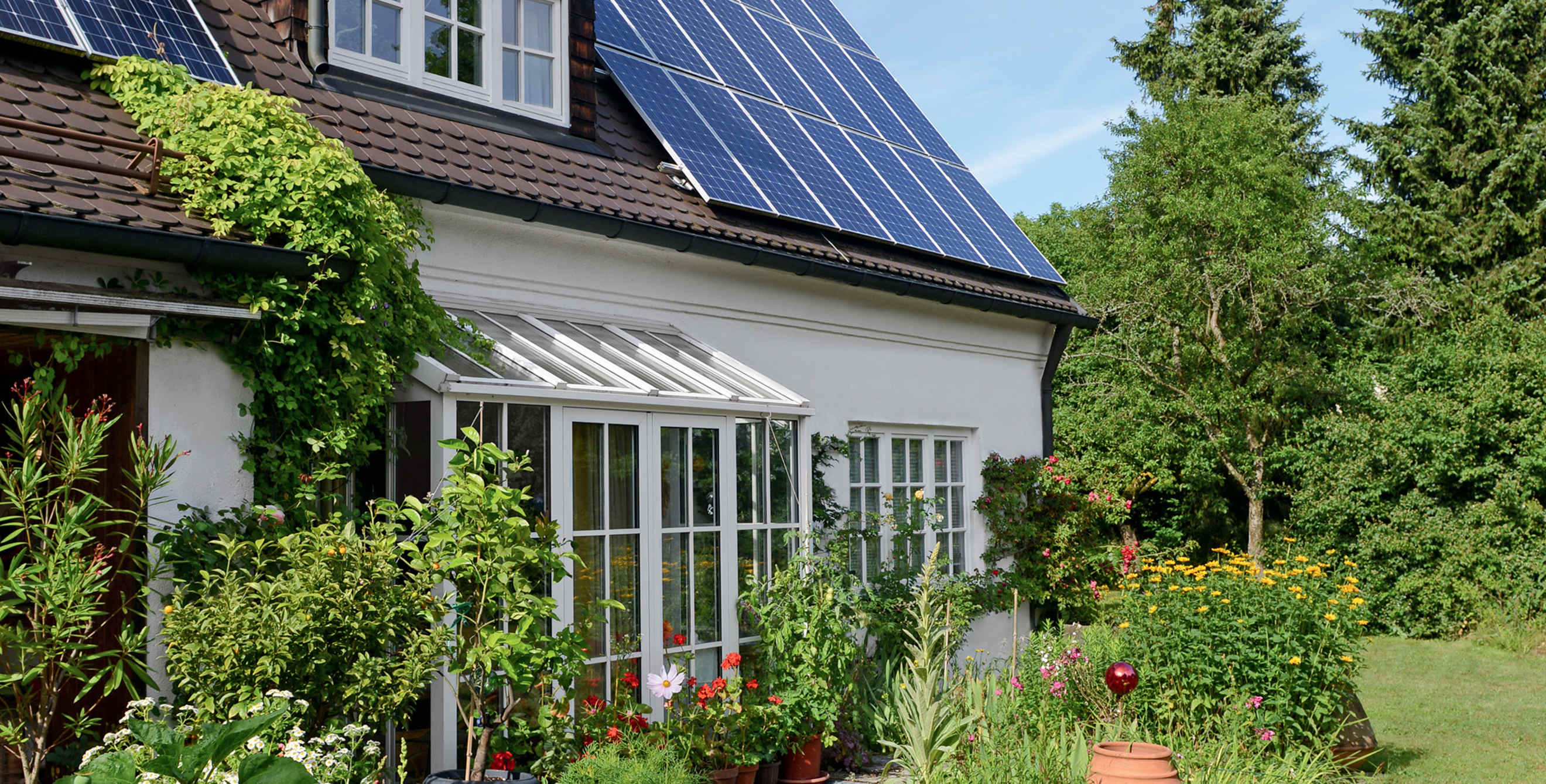
This spring, do more than clean your home: Make it greener by reducing waste, toxic chemicals, and energy use. Here’s a room-by-room guide to living more sustainably. Bonus: Many of these solutions can also save you money.

1. Turn down the heat (or AC).
For maximum efficiency, keep your thermostat no higher than 68 degrees in winter and no lower than 78 in summer. Lower the temperature when everyone is sleeping and turn off the air or heat when no one is home. You can save 10 percent on your heating bill by turning the thermostat down 10 to 15 degrees for the eight hours when many of us are out of the house each day. Better yet, invest in a smart device, like the one from AAA Smart Home Security, to control your indoor climate intelligently. A programmable thermostat can be both energy efficient and a money saver.
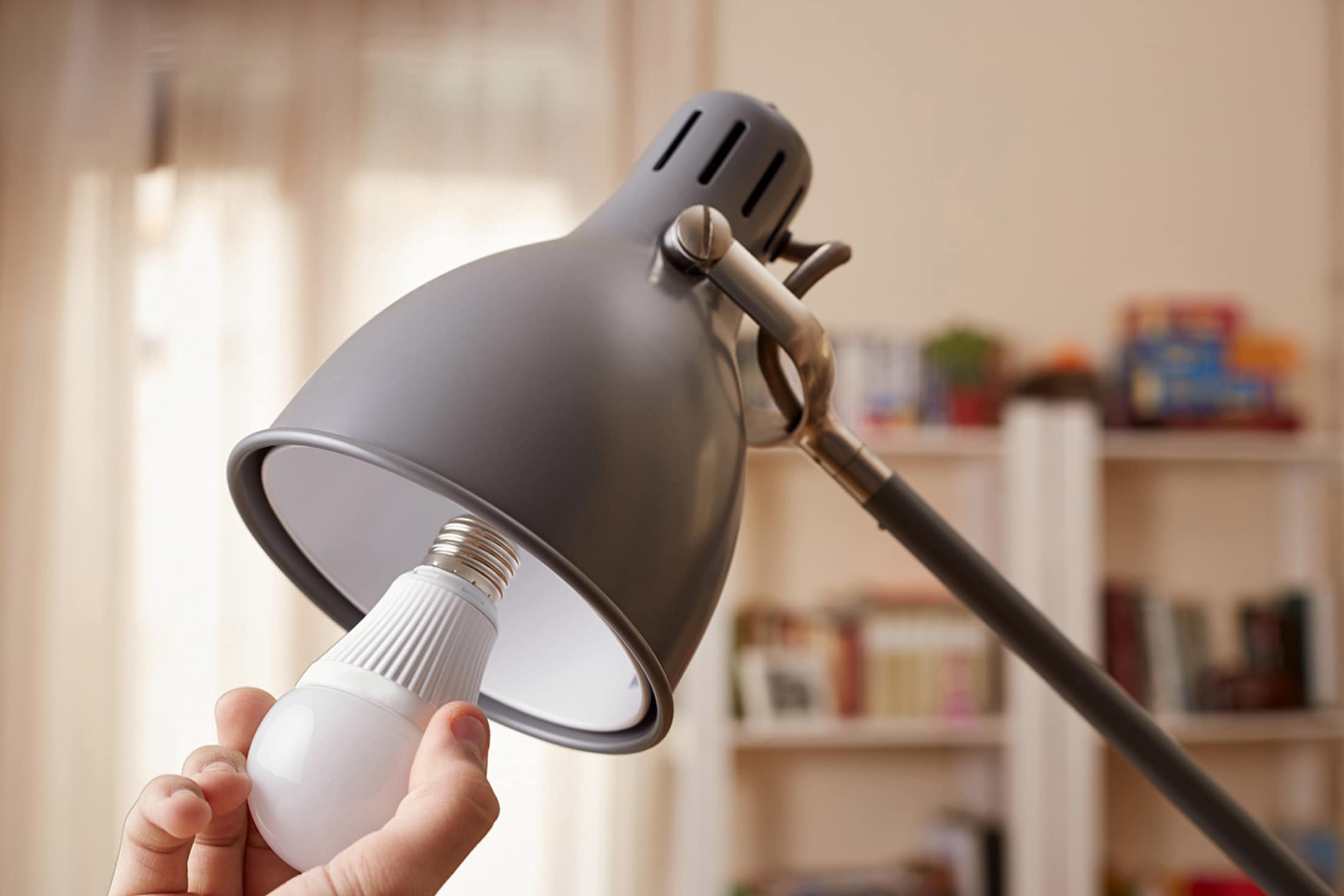
2. Get smarter bulbs.
Switching five of your home's most heavily used lights from traditional incandescent bulbs to Energy Star–certified CFLs, LEDs, or halogens can cut energy use by up to 80 percent and save the average household $75 annually. These newer types also last up to 25 times longer than standard bulbs. Using a smart-home system to intelligently control your lights can save you even more money.
3. Seal drafts.
Does your home have adequate insulation? If not, it's costing you extra on your utility bills. Hire a professional to crawl into your attic and check. A pro can also find drafts around doors and windows and suggest needed repairs.
4. Unplug vampires.
"Vampire appliances"—those that draw power even when they aren't in use—can account for more than 20 percent of home electricity consumption. Chief culprits may include your TV, stereo system, cable box, game console, laptop, printer, microwave, toaster oven, coffeemaker, and blow-dryer. The solution: Unplug them when they're not in use. To simplify things, plug them into power strips with on/off switches.

5. Go solar.
Yes, solar panels are a big investment—the average rooftop system will initially set you back around $12,500 after tax credits— but they're also one of the greenest moves you can make. Solar energy accounts for less than 2 percent of U.S. electricity generation but offsets over 70 million metric tons of carbon dioxide per year, the equivalent of planting more than 1 billion trees. Just 1,000 watts of energy generated from solar panels— the amount it takes to power a plasma TV for three hours or run the dishwasher for an hour—saves 150 pounds of mined coal, 300 pounds of carbon emissions, and 105 gallons of water.
Consider these factors: The price of home solar has dropped 70 percent over the last 10 years. Solar panels increase your home value by more than 4 percent (and can help your house sell faster). Most homeowners break even within seven years and then can save more than $20,000 over the next 20. Going solar really does make sense.
6. Check your heater.
Maintaining your HVAC system is important if you're aiming for a greener home. Get a pro to inspect yours and clean or change filters as needed.
7. Let the sunshine in (or not).
Window treatments are an effective way to conserve energy. Thermal insulated curtains can not only look nice, but they can also help keep homes energy efficient by blocking the summer sun and keeping in the warmth at night in the winter.

8. Waste less.
Americans throw away up to 40 percent of the food they buy. To cut down on your contribution, try to buy only what you need, cook only what you'll eat, and freeze or otherwise preserve as much as possible. Get in the habit of composting food scraps, too. If your local waste management service offers curbside composting, use it; otherwise, set up a simple home-composting system and turn those food scraps into potting soil. You can also reduce the amount of food packaging you toss. Buy minimally packaged foods, forgo single-use items, and store bulk items in reusable bags or sealed jars.
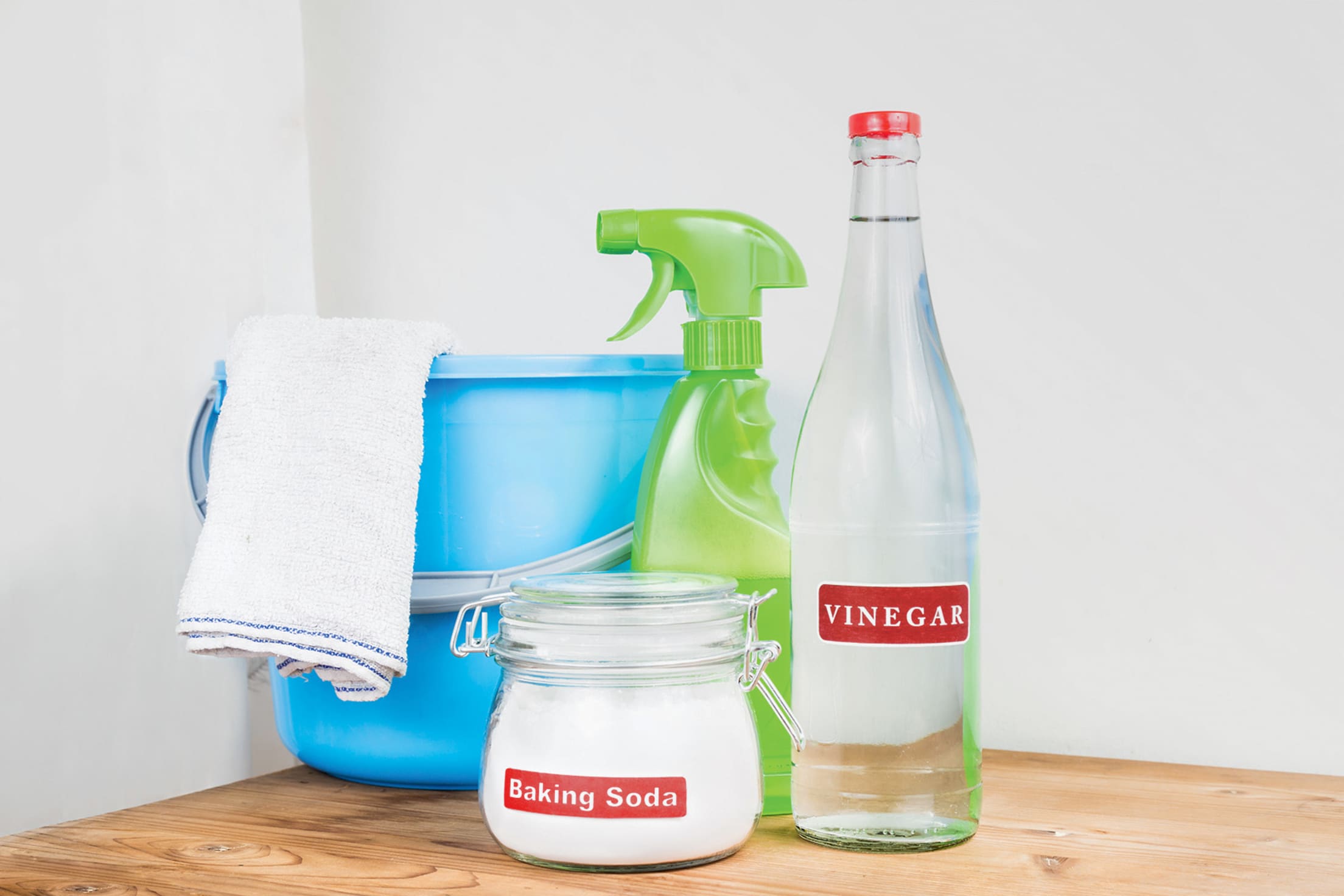
9. Clean green.
Many commercial cleaning products contain toxins—bleach, petroleum distillates, phosphates, and more—that can hurt the environment when you pour them down the drain. Try a natural solution instead: One part vinegar to three parts water makes an effective all-purpose cleaning spray. Or look for biofriendly alternatives. Trustworthy brands include Clorox's Green Works, Dr. Bronner's, Method, Mrs. Meyer's Clean Day, and Seventh Generation. Be sure to recycle the plastic bottles when they're empty.
10. Rethink your diet.
Eating plants is easier on the planet than eating animals. Producing a pound of beef generates more greenhouse gases than burning a gallon of gas in your car. If Americans cut their consumption of animal products by half, the food industry's water use would decrease by 37 percent. Planning meatless Mondays is an easy way to start.
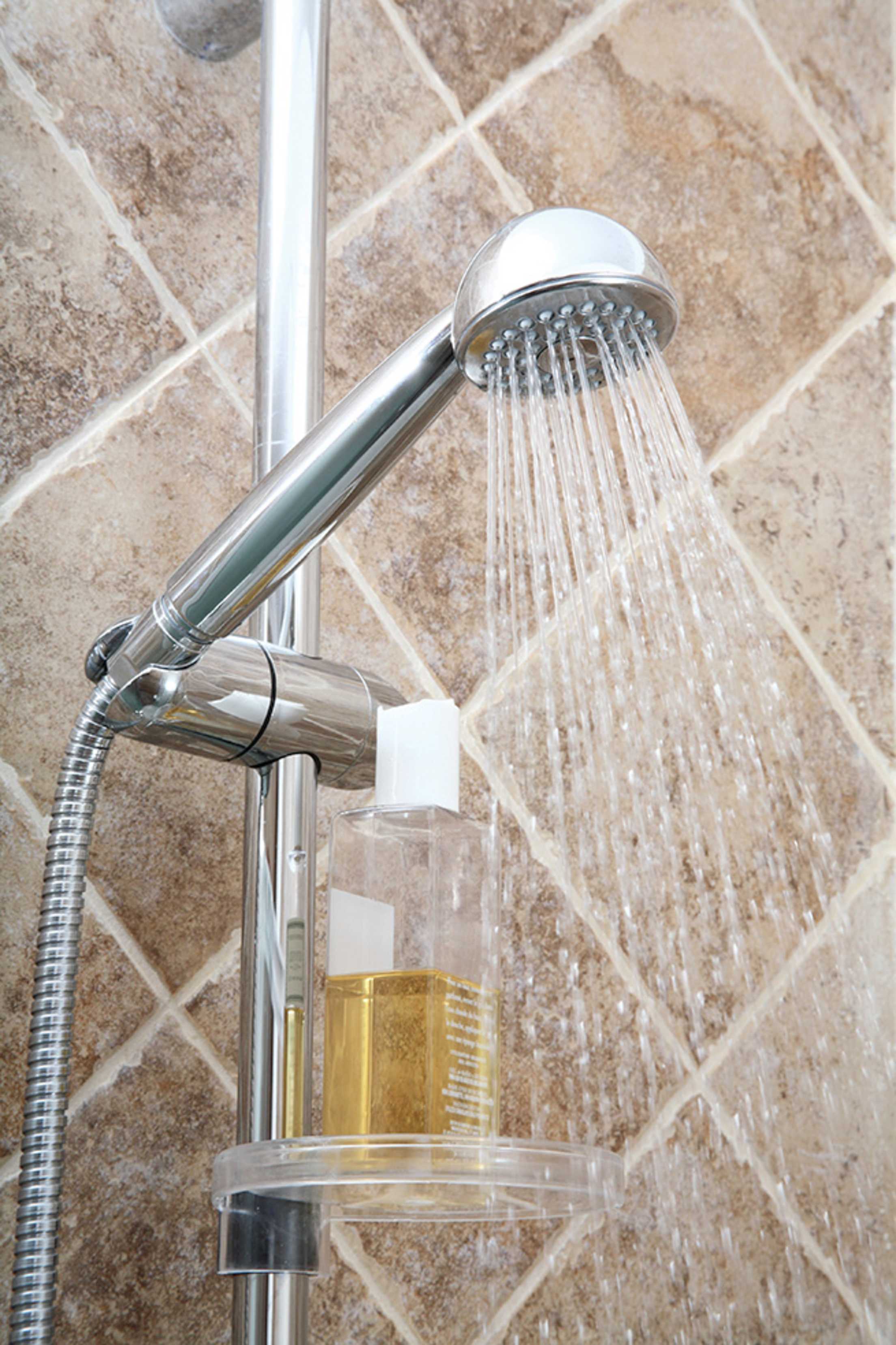
11. Wipe wisely.
The world kills 27,000 trees per day—nearly 9 million per year—just to make toilet paper. The United States consumes more toilet tissue per capita than any other country. Recycled papers that rate well for their eco-merits include Seventh Generation and the Whole Foods and Trader Joe's brands.
12. Don't be a drip.
Living in the drought-prone West means it's extra crucial to treat the region's fluid resources with care. To save water in the bathroom, install aerators on your sink faucets and swap your old showerheads for low-flow models. Turn off the tap while you're brushing your teeth or shaving: This alone can save 3,000 gallons annually. And take shorter showers; use a timer to keep yourself honest.
13. Clean green, bathroom edition.
As in the kitchen, try to avoid toxic chemicals—including chlorine, ammonia, formaldehyde, and bleach—in bathroom cleaners. Again, you can make your own alternatives: Recipes for bathroom disinfectants are easy to find online. If you want a commercial product, opt for one of the reliably green brands listed in tip #9 above.
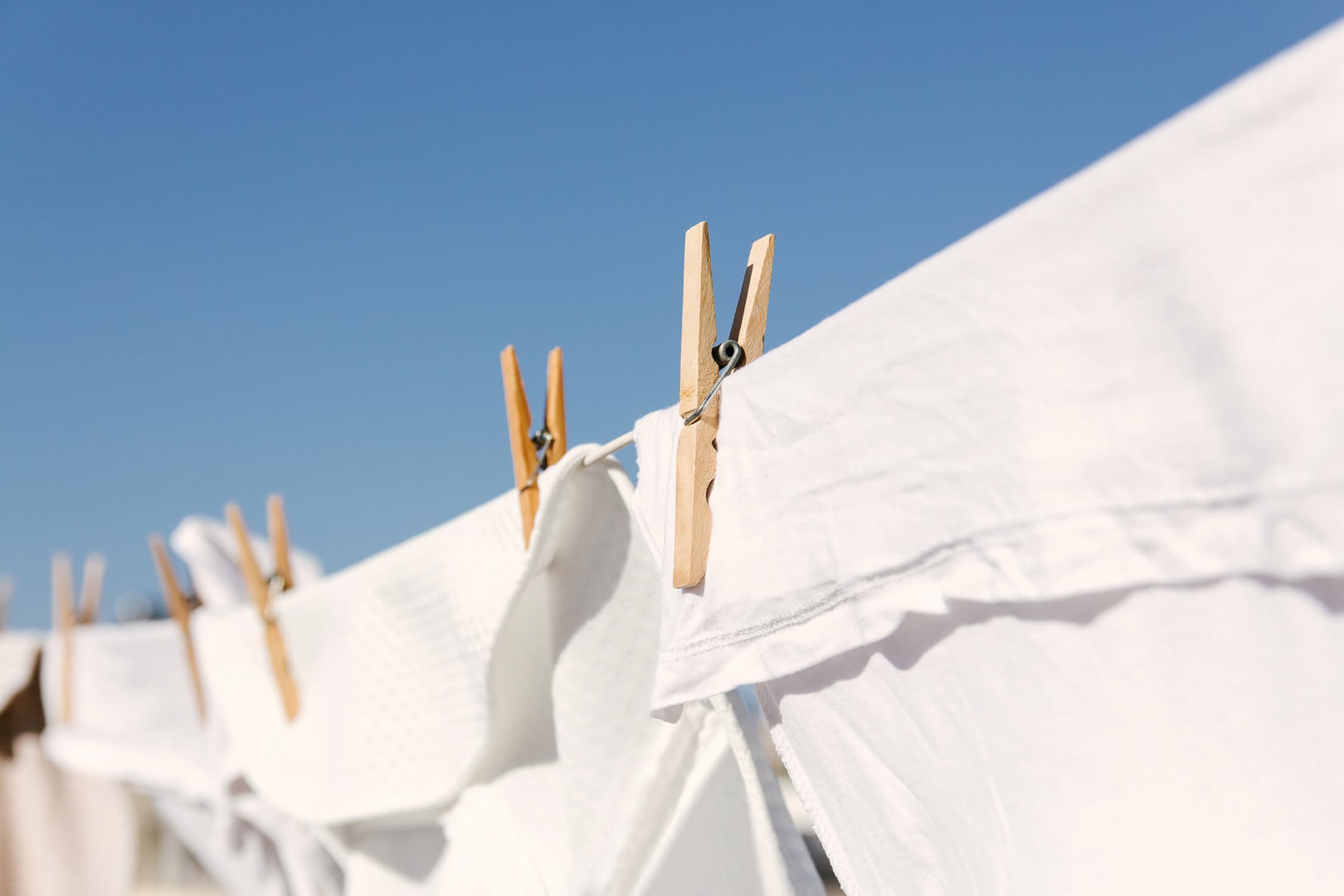
14. Cool your load.
Use cold water for your laundry. With warm or hot loads, up to 90 percent of your washer's energy consumption goes to heating the water. Yet today's machines and detergents are optimized for cold water, which cleans just as well and can help clothes last longer by preventing fading and shrinkage. Fun fact: If every Las Vegas home switched to cold laundry washing for a year, the city would save enough energy to power the entire Strip for almost a week.
While you're at it, use a detergent that's free of phosphates, such as Ecos, Method, or Seventh Generation, wait until you have a full load to run the machine, and wear clothes more than once if they're not that dirty.
15. Skip the dryer.
Dry what you can on a line or rack. After your HVAC system, your clothes dryer is probably your home's biggest energy hog.
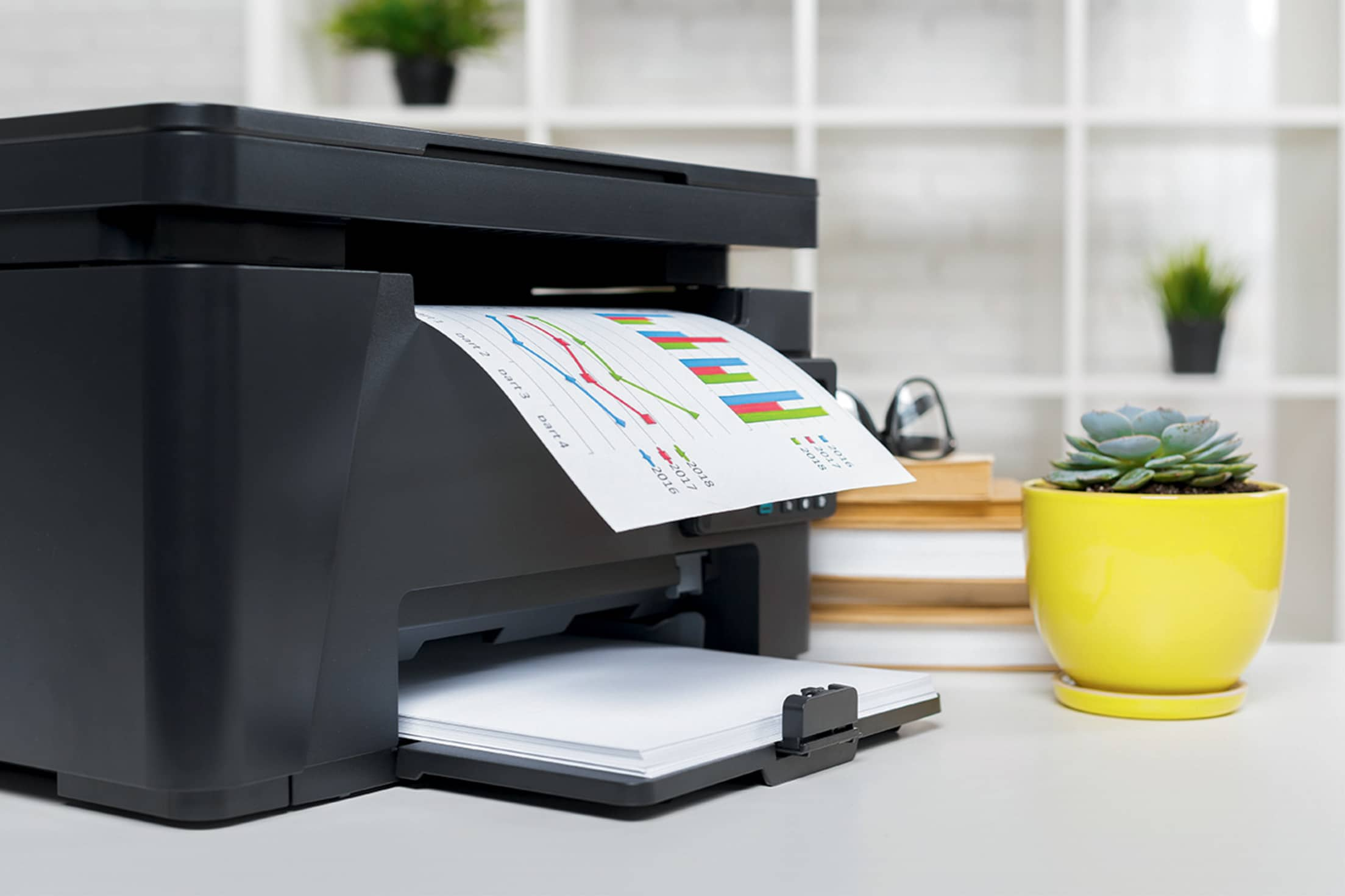
16. Print judiciously.
When you really need a hard copy, use both sides of recycled paper. Ink-saving fonts such as Ecofont (about $8 per year) cut down on toner by incorporating microscopic holes into each letter. When your old printer is no longer serviceable and it's time to choose a new one, look for a model that's Energy Star certified. Stock it with remanufactured ink cartridges or soy-based toner.